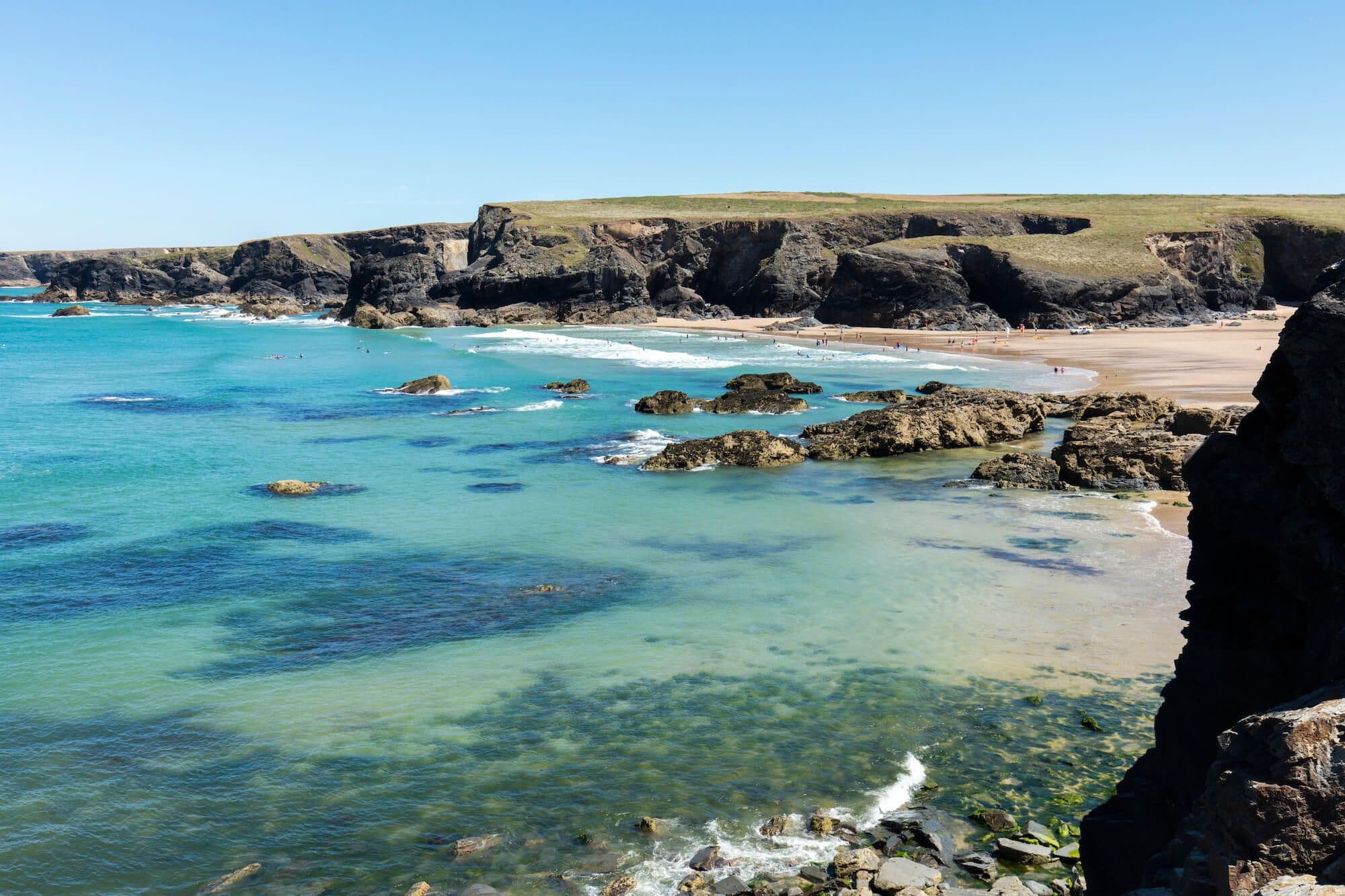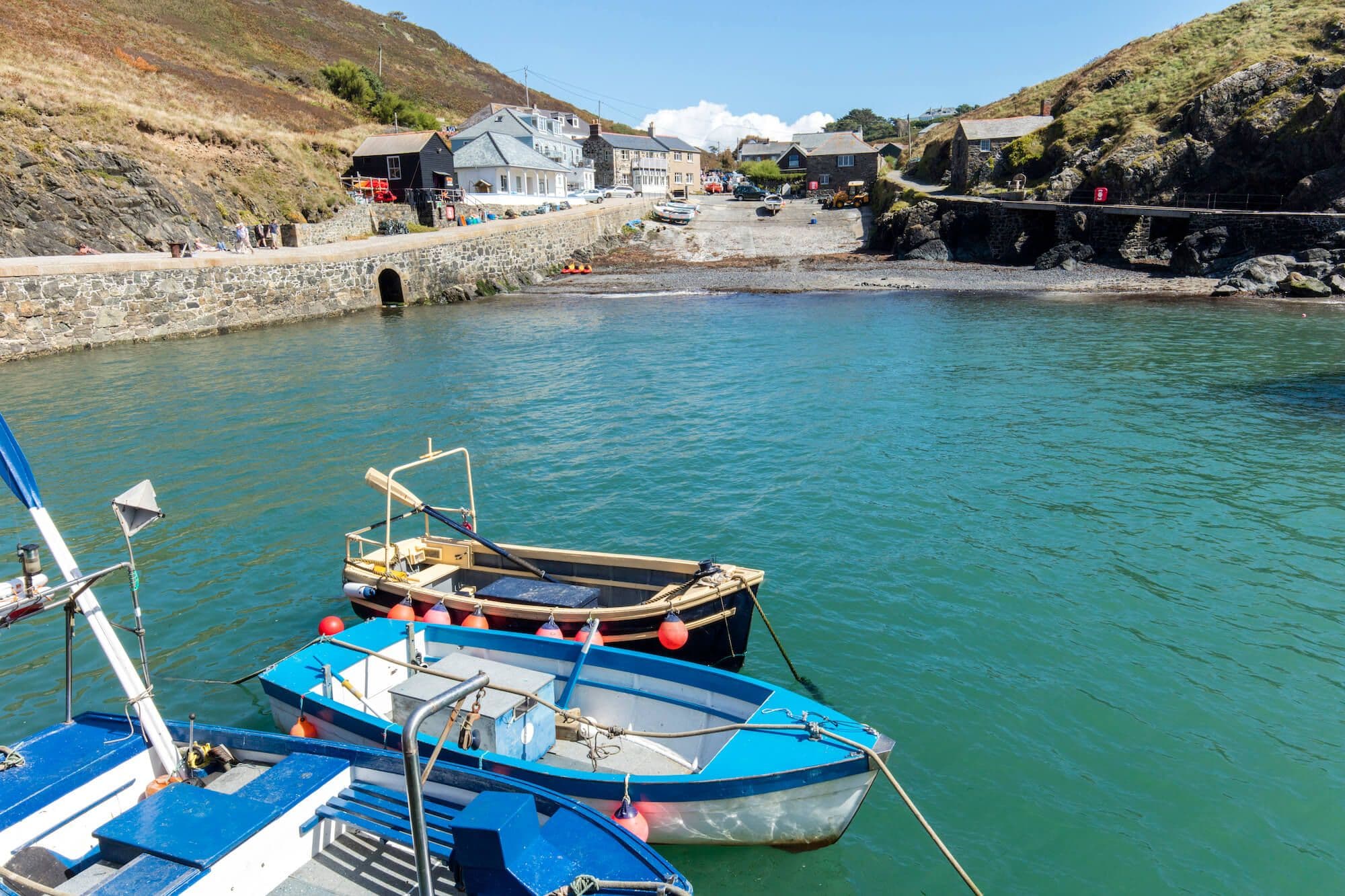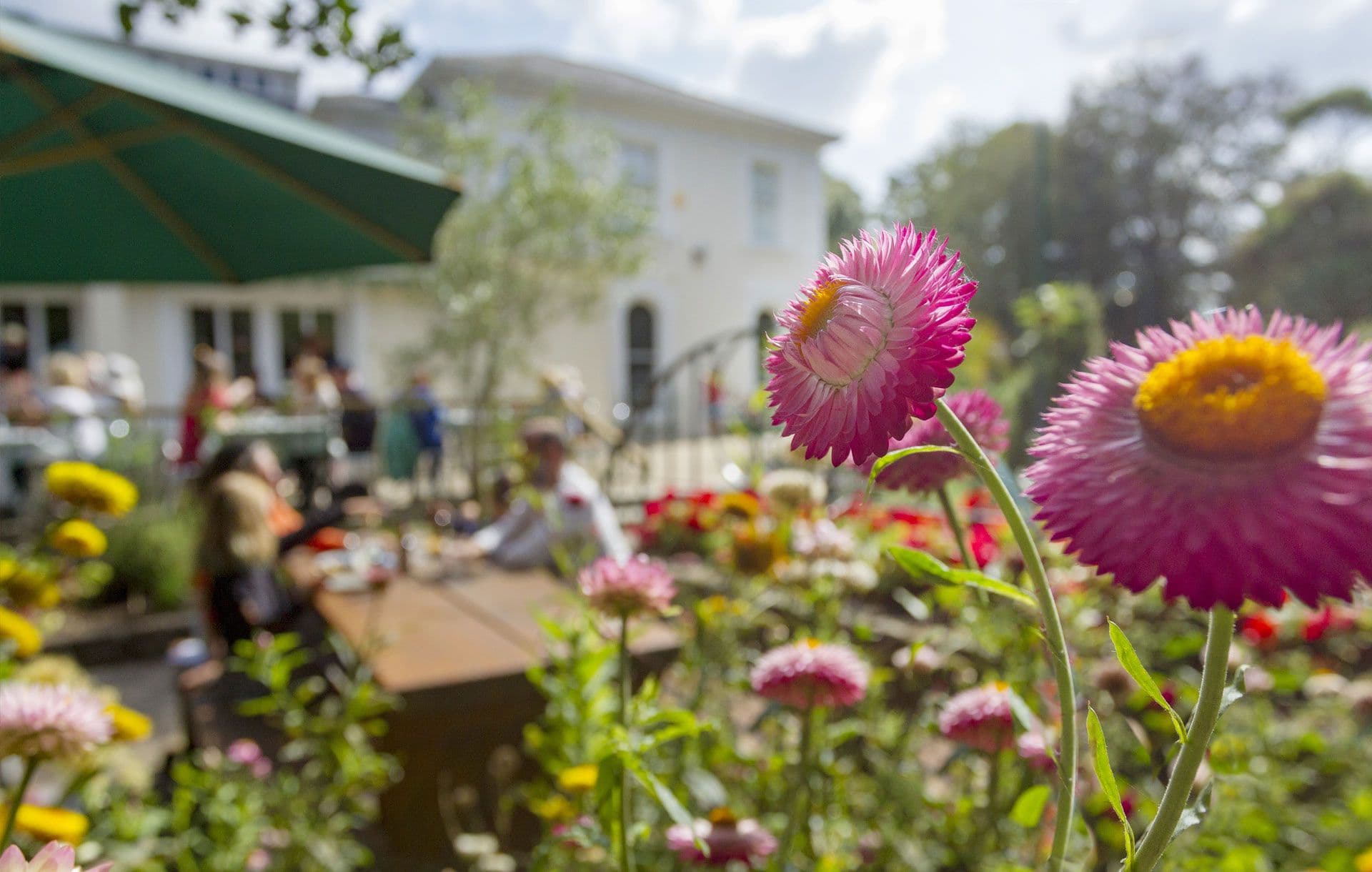History and Heritage of Cornwall
Cornwall, a land of Celtic myth and legend boasts a rich heritage that spans thousands of years. From its deep maritime history to its rich mining legacy, Cornwall’s history is diverse and storied with remnants of Cornwall’s past, each steeped in a fascinating past and preserved through historic sites, artefacts, and through the efforts of local clubs and enthusiasts dedicated to preserving the regions legacy.
Today, you can explore many of Cornwall’s history and heritage spots and see how the past has shaped the Cornwall we know today. To start you on your journey we’re here to share some intriguing tales and insightful information from Cornwall’s vibrant heritage.
Castles and Ancient Sites
Cornwall may be small, but we have an abundance of magical castles and ancient sites all standing as a testament to Cornwall’s enchanting past. Cornwall, a land steeped in history and mystery, boasts a wealth of ancient relics and historical sites waiting to be explored. From the enigmatic Trethevy Quoit near Liskeard to the majestic Tintagel Castle on the north coast, each location offers a unique glimpse into Cornwall's rich heritage.
The human history of Cornwall spans, what is believed to be, 10,000 years. While evidence of human existence as early as this is rare, archaeological remains from the Bronze age and Iron age remains, each site offers a window into Cornwall's fascinating history. From ancient settlements like Carn Euny in Penwith and Caer Bran Hillfort in Penzance to the mysterious Zennor Hill burial chamber overlooking the Atlantic, Cornwall's landscape is dotted with reminders of its rich past.
Trethevy Quoit, known locally as the Giant’s House, stands as one of Cornwall's earliest man-made structures, dating back 6000 years. This Neolithic burial site, with its massive 10-ton capstone, hints at ancient astronomical observations, providing a fascinating insight into Cornwall's early inhabitants. On the opposite side of Cornwall near Penzance, you’ll find Madron Well, dedicated to St. Madron, patron saint of cures. This sacred site, a place of pilgrimage for centuries, reflects Cornwall's spiritual traditions and Celtic connections. Visitors still tie pieces of rag or ribbon, called clouties, seeking healing—a tradition passed down through generations.
Perched on a mound overlooking Launceston, Launceston Castle stands as a symbol of Cornwall's medieval past. Built by the Earls of Cornwall, this formidable fortress has served as both a prison and courthouse over the centuries. Further south, in Fowey sits Restormel Castle. Sat on a spur of land above where the first safe crossing of the Fowey River once was. The ruins of this 13th century castle were once used by Edward, the Black Prince, to entertain his hunting friends.
On the coastline you’ll find castles built for defence, strategically placed to guard harbours. Pendennis Castle in Falmouth guards the Fal estuary with the opposing St Mawes Castle guarding the eastern side of the river. The town of Falmouth, at the time Henry VIII ordered the castles to be built, was considered an unimportant small village, but it was the safe deep harbour that needed protecting, as it was the first refuge for ships sailing up the English Channel.
Further out to sea, perched majestically on an island just off the coast of Marazion, St Michael's Mount is a must-visit destination for history enthusiasts. This tidal island, crowned by a medieval castle and steeped in legend, offers a fascinating insight into Cornwall's medieval past. Legend has it that the mount was once the home of a giant named Cormoran, defeated by a local boy named Jack. Today, visitors can explore the castle, stroll through beautiful gardens, and soak in panoramic views of the surrounding coastline.
However, perhaps nowhere is Cornwall's history more intertwined with legend than at Tintagel Castle. Perched on the rugged north coast, this clifftop fortress is steeped in Arthurian lore. From its bustling stronghold in ancient times to its medieval fortifications, Tintagel captivates visitors with its tales of kings and wizards.
Mining Heritage
Cornwall may very well be best known for its rich mining legacy which can be traced all the way back to the Bronze Age. While Cornwall may have seen the end of tin and copper mining for now, for many Cornish people, their identity remains interwoven with their mining ancestry, preserving its memory through cultural traditions, festivals and historical sites scattered throughout the county. However, there are signs of a potential revival with the reopening of South Crofty mine, not for traditional metals but for extracting Lithium, marking a new chapter in Cornwall's mining history.
Cornwall was a significant producer of tin and copper, alongside china clay, and its mining industry played a crucial role in shaping both the local economy and the wider industrial landscape of Britain. During the 18th century, Cornwall was considered the mining centre of the world, particularly famous for tin mining, producing some two million tons of tin during the 19th century. Copper also saw a boom and at its peak, Cornwall was the biggest producer of copper in the world, producing two thirds of the world’s supply of copper. At this time the Cornish were considered the best rock miners in the world and the expertise of Cornish miners was highly sought after especially during World War One when their skills in underground mining and explosives contributed to military operations.
Much as Cornwall produced most of the world’s copper, Cornwall also played a pivotal role in the extraction and worldwide distribution of china clay. The region's abundant reserves of high-quality kaolin, a type of clay essential in pottery and ceramics production, fuelled a booming china clay industry. This industry, often referred to as 'white gold,' was vital to Cornwall's economy, providing employment and shaping the landscape with its distinctive clay pits and processing facilities.
However, in 1866 copper prices crashed and copper, tin and china clay began being found in other areas of the world. As a result, the demand for copper and tin mining decreased, eventually leading to the closure of the last tin mine in the UK, South Crofty, in 1998. With the decrease in mines, Cornish miners left, taking their technical skills with them, to Australia and America where mining was still a lucrative opportunity and their expertise was highly valued, earning them the nickname “Cousin Jack”.
While the miners may have left, Cornwall still has clear remnants of this mining heritage. Nobody can have visited Cornwall without noticing the imposing ruins of this once great industry. As you explore the Cornish countryside, you’ll encounter abandoned mines, engine houses, and industrial structures that dot the Cornish landscape each serving as reminders of this rich heritage. Cornwall's mining heritage has left a lasting cultural legacy, influencing everything from local traditions to cuisine and even language. Today you can step back into time and experience Cornwall’s mining legacy at a number of locations including Geevor Tin Mine located on the Lands’ End peninsula, or Cornwall Gold, a perfect location for a family day out. The more adventurous can explore abandoned mines with Cornwall Underground or delve deeper into Cornwall’s mining history with King Edward Mine Museum. Still in use as a training mine until 2005, King Edward Mine Museum offers the chance to see restored machinery and working engines in action. If you have visited the Eden Project you may have noticed its position within a reclaimed china clay pit, owing its inception to the industry. While the ongoing influence of china clay alongside its rich history can be explored at Wheal Martyn Clay Works, nestled amidst two former clay pits.
St Piran's Day
St. Piran, Cornwall's beloved patron saint, occupies a central place in Cornwall’s heritage. His story, shrouded in myth and legend, embodies the spirit of Cornwall – resilient, steadfast, and deeply connected to the land and sea.
According to legend, St. Piran arrived on the shores of Perranporth from Ireland, where he became renowned for his miraculous deeds and unwavering faith. He embraced a life of solitude as a hermit, building his oratory on Perranporth Beach where people would travel from far and wide to seek out his guidance and miracles. Over a thousand years later, people from all over the world still folk to the oratory on pilgrimages and it stands as one of Britain’s oldest Christian worship sites.
Today, St Piran’s Day is celebrated widely and enthusiastically throughout Cornwall with marches, festivals, and Cornish-themed events honouring St Piran's legacy. It’s a fantastic day for locals and visitors alike to immerse themselves in Cornish culture, enjoying the vibrant festivities, music, and traditional dances that honour St Piran.
The Cornish Language
Centuries ago, the ancient Celts in Cornwall spoke Cornish, a language closely linked to Welsh and Breton. It thrived as a means of everyday communication and cultural expression during medieval times and has played a vital role in shaping the identity of the Cornish people. However, the decline of Cornwall's mining industry in the 19th century, coupled with the spread of English, led to the Cornish facing significant challenges. By the late 19th century, it was considered extinct as a spoken language, surviving only in written records.
In recent years, passionate locals, historians, and linguists have sparked a revival of interest in Cornish culture and language. This resurgence is driven by a deep pride in Cornwall's heritage and a desire to reclaim and preserve its unique identity. Today, around 3,000 people have some proficiency in Cornish, with efforts underway to teach it in schools and promote community engagement through events. Cornish language media, including radio stations and independent films, reflects the language's enduring presence and its integral role in Cornwall's heritage.
Maritime History
With its extensive coastline, Cornwall’s history has been shaped by the sea with fishing emerging as a cornerstone of coastal communities, sustaining families and shaping local economies for centuries. While many of Cornwall’s fishing boats have now made way for passenger ferries, inviting tourists to explore the stunning coastline, Cornwall remains full of working fishing ports alongside beautiful harbour towns and inviting villages worth a visit.
The catch of the day is still auctioned on the quayside in the historic harbour town of Looe and in Padstow fishing vessels sell on their catch to the local cafes, pubs and restaurants including the famous Rick Stein Restaurants. While modernisation may have transformed many of our harbourside locations, some still offer a glimpse into the past. Charlestown Harbour, once a thriving port used for exporting copper and china clay now stands as a beautifully preserved harbour sure to charm history buffs, transporting them back in time to the heyday of Cornwall’s maritime trade. You may already recognise it from its features in numerous films and tv shows including Poldark, Alice in Wonderland, Dr Who and award-winning Cornish film Bait.
While Cornwall’s harbours thrived with maritime trade and traditions, during the 18th century and onwards fishermen faced economic challenges. To fund foreign wars the central government alongside a remote monarch imposed massive import taxes on everyday good skyrocketing prices at the determent to the everyday Cornish population.
Duties were placed on a range of goods many including tea, silks, muslins handkerchiefs and even salt which was essential for the Cornish fishing industry. The tax on tea skyrocketed to a staggering 110% and a multitude of duties amounting to approximately 250% on brandy and gin alone, the Cornish population found itself burdened by an overwhelming tax load.
In response the fishermen, alongside impoverished labourers, turned to smuggling to support their families, quickly transforming what began as a means of survival into a lucrative and highly organised enterprise. The vast sums of money generated from smuggling operations not only sustained coastal communities but also attracted a network of skilled smugglers and traders, establishing Cornwall as a hub of illicit trade. Evidence of this smuggling can still be seen today in the hidden coves, secret tunnels and concealed compartments in old buildings that were once used to evade the authorities. The Jamaica Inn is known to be Cornwall’s most famous smuggling inn where travellers would hide away contraband that had been brought ashore on its way to the rest of the UK. Now, the Jamaica Inn keeps this history alive with its Smugglers Museum where visitors can find an extensive collection of smuggling artefacts and learn more about the history of smuggling in Cornwall.
In Falmouth, Cornwall's maritime legacy is preserved and celebrated at the National Maritime Museum Cornwall, offering visitors a comprehensive insight into the region's seafaring history, from its fishing traditions to its naval connections and the impact of smuggling on coastal communities.

Your weekly dose of Cornish cheer!
When you can’t be in your favourite place all the time, catch up on the latest stories, upcoming events, holiday ideas, and offers with a newsletter straight to your inbox. Terms and Conditions / GDPR compliance: by providing personally identifiable information Visit Cornwall will use it to provide you with ongoing information about their products and services. No one from Visit Cornwall will rent, sell or lease this personally identifiable information to other companies or individuals.
Stay connected
Find us on socials and stay connected with the Cornwall you love.
We use cookies to personalise content and ads and to analyse our traffic. You consent to our cookies if you continue to use our website. (Privacy Policy)












